from my verandah (click to enlarge). 
********
The fourth part of How Art made the World aired on the tv here last night. Having enjoyed previous offerings 1, 2, this time I had problems with the whole scheme. His subject was visual storytelling, one that I've had plenty of time to think about myself.
"When we watch a good film, something extraordinary happens. We become so involved with what's going on that we feel we are living the story ourselves. Where did the ingredients of visual storytelling come from?"Spivey starts with the Gilgamesh carvings in Assyria. "The first story ever written" he says (how can he know?) in the same authoritative way he called the Riace bronzes "the finest statues ever made" (given the near thorough destruction of classical Greek statuary, who can have any grasp of what was 'made'?) On through the sculptures of the Odysseus story at Sperlonga ("It took the Greeks to come up with a visual storytelling style"), to Trajan's column in Rome.
"In the end, however, as impressive as the column may be, it's still missing something - it still lacks the power to captivate. But this missing piece can be found in the non-classical civilization of the Australian Aborigines, whose storytelling combines the visual, as well as music and singing. It is this soundtrack that provides the power for the Aboriginal story to have survived thousands of years, and which is so critical to the success of modern film's ability to transport us into other worlds."Going from an ancient Roman emperor glorifying himself to the simple honesty of indigenous Australian sacred culture leaves enough of a sour taste, but by trying to make all of this into a unified story the point ends up being that the glory of the Hollywood movie owes its thanks to all these other folk providing the parts that go into its making. This is getting it upside down. The beauty of the Aboriginal culture of Arnhem Land that he investigates lies in the fact that all of its social custom and history and personal interrelationships and people's relation to the land are bound and maintained and celebrated and lived in the dance/music/painting ritual of the storytelling. This is on a different level from the sedentary watching of a DVD fantasy. As Sacheverall Sitwell wrote (in the 1940s) (quoted by my favorite diarist Walter James) "Compared to us, the Aboriginals are like muses crowned with flowers. They take part in their ceremonies. We merely sit and gape."
Labels: art (2), in my neighbourhood
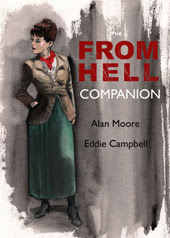


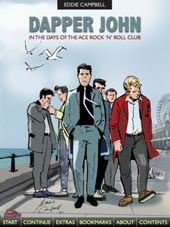
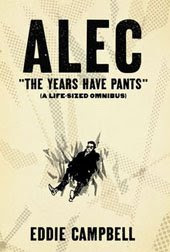
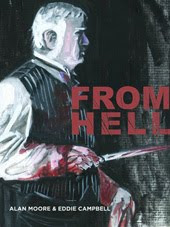
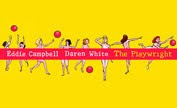
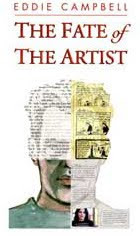
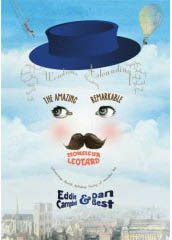





4 Comments:
I miss having a verandah. I now have a window ledge on which I balance precariously.
Well, I thought there was drama aplenty carved on Trajan's column, having ran through the whole story amongst the plaster copies of the carving that are displayed at the Museum of Roman Civilization, but apparently it wasn't enough to inspire this Spivey guy. Like any story it is only captivating for those who are willing to let themselves captivated- and probably requiring more imagination than your standard film.
"It took the Greeks to come up with a visual storytelling style"
Um...what were the Egyptians doing with all their tomb paintings and Books of the Dead?
Nice photo.
Hm. A prolonged TV show that's basically an opinion piece. Ugh.
Post a Comment
Subscribe to Post Comments [Atom]
<< Home